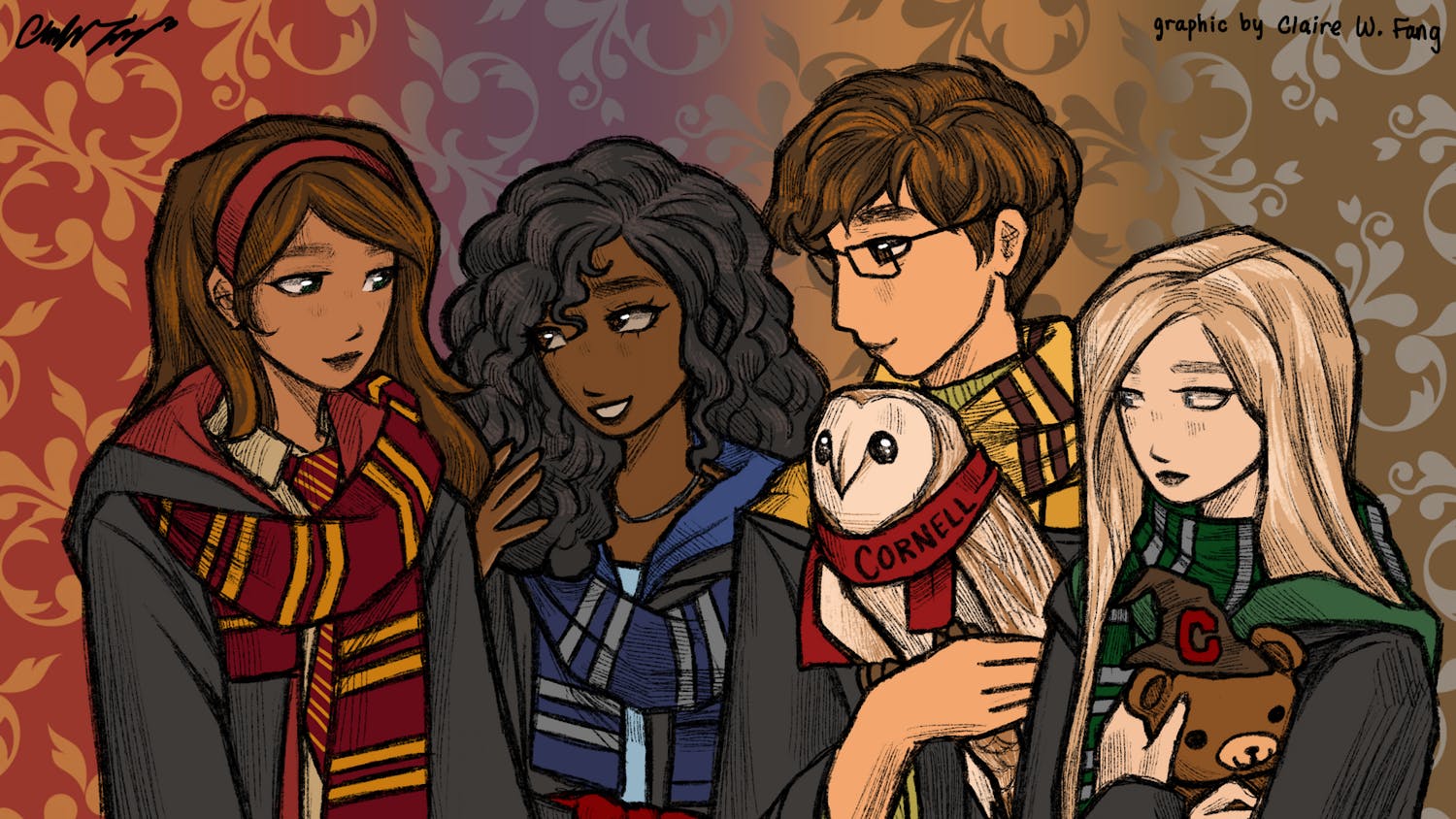By KATIE O'BRIEN
Lana Del Rey’s new album is so Lana Del Rey. And I mean that in a good way; when your name can be used as a self-explanatory description, I guess you know you’ve established yourself as an artist. You get the sense that Honeymoon is an album over which she had complete artistic control, moving even further away from the upbeat, radio-friendly, synth-heavy nature of Born to Die than her last album did. While Ultraviolence is more rock influenced, Honeymoon is slow dream pop, its songs driven by Del Rey’s voice and sprinkled with minimalistic guitar, strings, piano notes and percussion. Her voice is soulful and suave as ever, effortlessly dipping from light, airy high notes to her Stevie Nicks-esque lower range.
Honeymoon’s lyrics continue along Del Rey’s past favorite themes. She romanticizes dark, dependent relationships, unapologetically reaching out to lovers she knows she should stay away from (“We both know the history of violence that surrounds you / But I’m not scared”) and juxtaposing violence with images of beauty (“There are violets in your eyes / There are guns that blaze around you / There are roses in between my thighs / And a fire that surrounds you”) in the title track. While she often plays the hopelessly attached role, other times she is more apathetic: Later in the album she sings, “All I wanna do is get high by the beach / Get high by the beach / Get high.” Her lyrics are also, as usual, full of phrases and allusions that evoke Americana: She sings of (Pabst) Blue Ribbon, soft ice cream, Billie Holiday, soft grunge, Hollywood, Hotel California and pink flamingos. Throughout the album, her vocals often have a distanced quality, like she’s singing to us from the other end of a tunnel, that makes it sound retro somehow, falling right in line with her careful persona that is soaked in old Hollywood nostalgia.
One my favorite songs is “Swan Song,” a ballad with a slow and strange melody that gains power as the song goes on, especially in its repetition of the chorus, “It’ll be our swan song.” I loved the song “Art Deco” for its use of synths and jazz instruments, as well as its breathless chorus. “You’re so art deco / Out on the floor / Shining like gunmetal / Cold and unsure,” Del Rey insists. The following song, “Burnt Norton - Interlude” breaks up the album in the middle with a monologue contemplating the nature of time set to a dripping, art-rock-ish instrumental. Two more standouts are “Salvatore” — a love song with a striking symphonic intro whose melody she hums as the chorus — and “Terrence Loves You.”
Honeymoon ends with another Nine Simone cover, “Please Don’t Let Me Be Misunderstood,” and, similarly to her cover of Simone’s “The Other Woman” on Ultraviolence, the jazz song from another era showcases Del Rey’s voice at its absolute best, its crooning purity shining through in the powerful chorus, closing the record by paying homage to her jazz influences.
The album is soft enough to fall asleep to, but complex and nuanced enough that listening is engaging, each time leading to a new discovery of a unique melody or intriguing instrumental part hiding in the background. And despite it being a soft and slow album overall, there is also a pounding urgency to many of the songs, as if it were the soundtrack for slow-but-determined march. I needed to listen all the way through several times before all the songs sunk in, and when they did, they were constantly stuck in my head. Even more so than her previous albums, Honeymoon is a cohesive product — each of its songs belongs with the tracks by which they are surrounded, and it is best listened to from start to finish.
Katie O'Brien is a Senior in the college of Arts and Sciences. She can be reached at kobrien@cornell.com

TEST SPINS: Lana Del Rey — Honeymoon
Reading time: about 4 minutes
Read More










